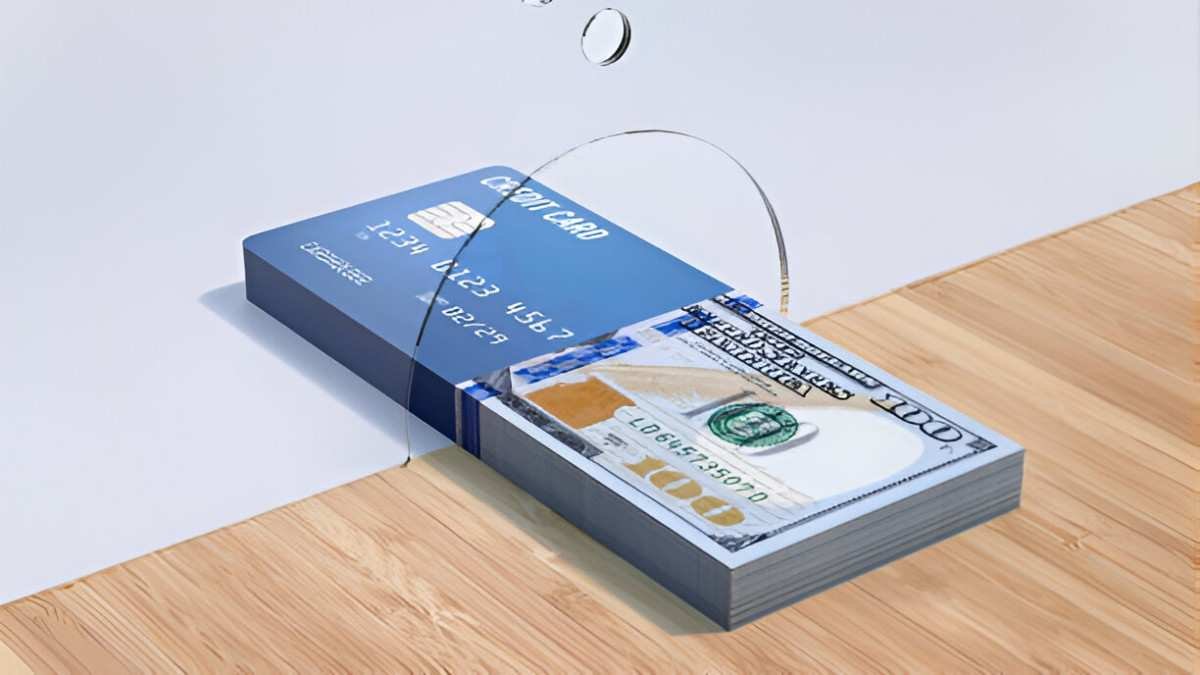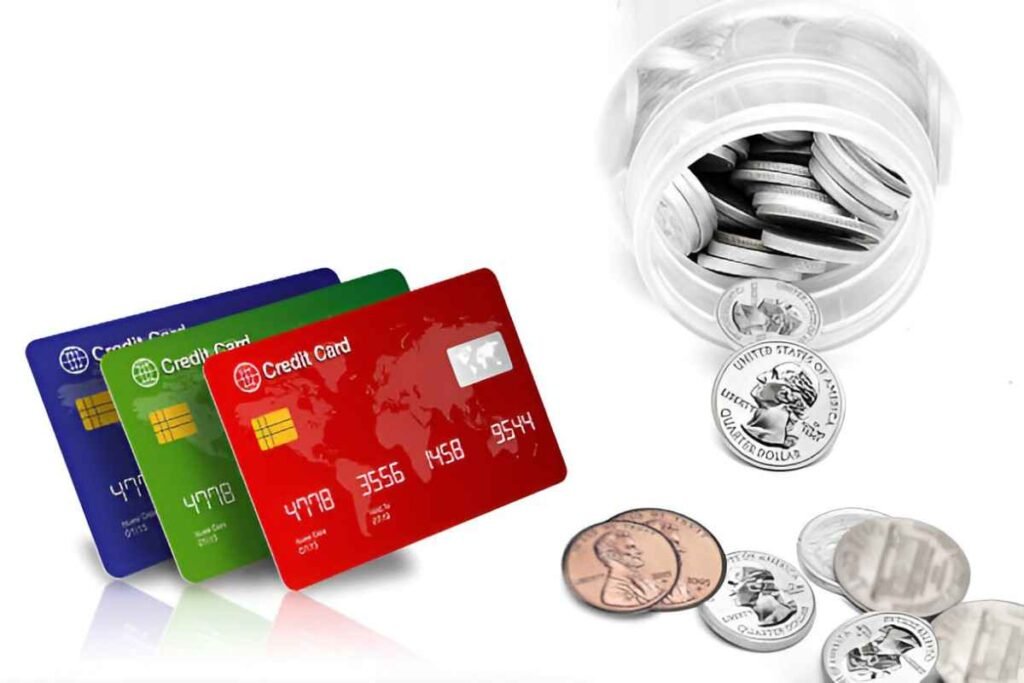In today’s fast-paced world, managing finances efficiently is crucial, and for many, credit cards have become a central part of their financial toolkit. One particular type of credit card that has been gaining traction is the “advance credit card.” If you’re unfamiliar with the term, don’t worry—by the end of this article, I’ll explain everything you need to know about advance credit cards, how they work, and whether they could be the right choice for you.
Table of Contents
What is an Advance Credit Card?
An advance credit card is a type of credit card that allows you to access a portion of your credit limit in advance. Essentially, it acts as a short-term loan that you can pay back over time. These cards often come with higher interest rates compared to regular credit cards, but they can provide quick cash for emergencies or short-term financial needs.
One of the defining features of advance credit cards is the ability to access cash without needing to go through the lengthy process of applying for a personal loan. This can be incredibly useful in situations where you need immediate funds and don’t have the time to wait for a loan approval.
How Does an Advance Credit Card Work?
An advance credit card works much like a standard credit card, but with one key difference: you can use the card to withdraw cash (cash advances) or transfer money directly into your bank account. These transactions, however, often come with additional fees and higher interest rates.
Here’s an example to illustrate how it works:
Let’s say you have a credit card with a limit of $5,000. If the card offers an advance feature, you might be able to take out $1,000 as an advance. This $1,000 would be subject to interest rates typically ranging from 20% to 30%, depending on your card’s terms. Moreover, you could also be charged a transaction fee of 3% to 5% on the withdrawn amount.
Let’s break this down further with a practical example:
| Transaction Type | Amount Withdrawn | Transaction Fee (3%) | Total Amount Due |
|---|---|---|---|
| Cash Advance Withdrawal | $1,000 | $30 | $1,030 |
In this example, you would owe $1,030 immediately, and this amount would start accruing interest at the card’s specified rate. The interest will compound, meaning that if you don’t repay the balance quickly, the amount you owe will grow over time.
Benefits of an Advance Credit Card
Advance credit cards come with a few distinct advantages, which can be especially appealing in certain situations. These benefits include:
- Quick Access to Funds
The primary appeal of an advance credit card is the speed at which you can access cash. Whether you’re facing an emergency expense or simply need extra money for a short-term goal, these cards provide a quick and convenient solution. - No Need for Personal Loan Application
Unlike personal loans, which can take days or even weeks to process, an advance credit card allows you to access funds almost immediately. You don’t need to go through a long application process or provide detailed documentation—if you have an eligible credit card, you’re good to go. - Flexible Repayment Options
Since the funds are advanced from your credit limit, you can repay them over time, similar to how you would pay off a regular credit card balance. This flexibility allows you to manage your finances without the pressure of needing to pay the amount in full right away. - Potential Rewards
Some credit cards offer rewards, even when you use them for cash advances. While this is not always the case, if you have a rewards credit card, you may still earn points, miles, or cashback on the money you withdraw.
The Drawbacks of Advance Credit Cards
While advance credit cards can be useful, they also come with several drawbacks that you should be aware of before you decide to use one. These include:
- High Interest Rates
One of the most significant downsides of advance credit cards is the interest rate. As mentioned earlier, the interest rates on cash advances can be much higher than those for regular purchases. This can make it costly if you don’t repay the amount quickly. - Cash Advance Fees
In addition to the high interest rates, many credit cards charge fees for cash advances. These fees can be a percentage of the amount withdrawn, typically ranging from 3% to 5%. This means you’ll be paying extra just to access your funds. - No Grace Period on Cash Advances
Unlike regular credit card purchases, which often come with a grace period (usually 21–30 days) before interest starts accruing, cash advances usually start accumulating interest immediately. This means you’ll begin paying interest as soon as you withdraw the money. - Lower Credit Limit for Cash Advances
While you may have a credit limit of $5,000 or more on your card, the amount available for cash advances is typically much lower. Often, it’s only 20% to 30% of your total credit limit. This means that if you need a larger sum, you may not be able to access it through a cash advance.
Advance Credit Cards vs. Regular Credit Cards: A Comparison
To give you a clearer idea of the differences between advance credit cards and regular credit cards, here’s a comparison table:
| Feature | Advance Credit Card | Regular Credit Card |
|---|---|---|
| Interest Rate | Higher (20%-30%) | Lower (12%-20%) |
| Cash Advance Fee | 3%-5% | N/A |
| Cash Advance Availability | Yes (up to a portion of limit) | No |
| Grace Period | None (interest accrues immediately) | Yes (21-30 days) |
| Rewards for Cash Advances | Sometimes, but rare | Yes, on regular purchases |
| Repayment Flexibility | Flexible, similar to regular card | Flexible, similar to cash advance |
As you can see, the key difference lies in the ability to access cash immediately with an advance credit card, but this comes with higher costs.
When Should You Use an Advance Credit Card?
An advance credit card can be a helpful tool in specific situations, but it’s important to use it wisely. Here are a few scenarios where it might make sense to consider using an advance credit card:
- Emergency Situations
If you’re in a pinch and need cash quickly (for example, to pay for medical expenses or an urgent repair), an advance credit card can provide a fast solution. However, you should only use it if you’re confident you can repay the amount soon to avoid high-interest charges. - Short-Term Financial Needs
If you need funds for a short period, such as paying for travel or a one-time expense, an advance credit card can be a good option. Just ensure that you have a clear repayment plan in place to minimize costs. - If You Have No Other Options
If you’re unable to secure a personal loan or find other alternatives, using an advance credit card can help you meet your financial needs. Again, be cautious of the high interest rates and fees.
How to Minimize Costs When Using an Advance Credit Card
If you decide to use an advance credit card, here are some strategies to minimize the costs:
- Pay It Back Quickly
Since interest accrues immediately, the sooner you pay back the amount, the less you’ll pay in interest. Aim to repay the balance as quickly as possible to avoid compounding interest. - Avoid Using Cash Advances for Small Amounts
The fees and interest on small cash advances can quickly add up, making them less economical. If possible, try to avoid using your card for minor expenses. - Consider Alternative Financing Options
Before using your credit card for a cash advance, explore other options like personal loans, which may offer lower interest rates and longer repayment terms.
Conclusion: Is an Advance Credit Card Right for You?
Advance credit cards can be a useful financial tool when used responsibly, but they come with significant risks if not managed carefully. It’s important to weigh the costs—particularly the high interest rates and fees—against the convenience they offer. If you’re in a financial bind and need cash quickly, an advance credit card may be a viable option, but always ensure you have a plan to repay the balance as soon as possible to avoid excessive charges. Ultimately, it’s up to you to decide if the convenience is worth the cost.





